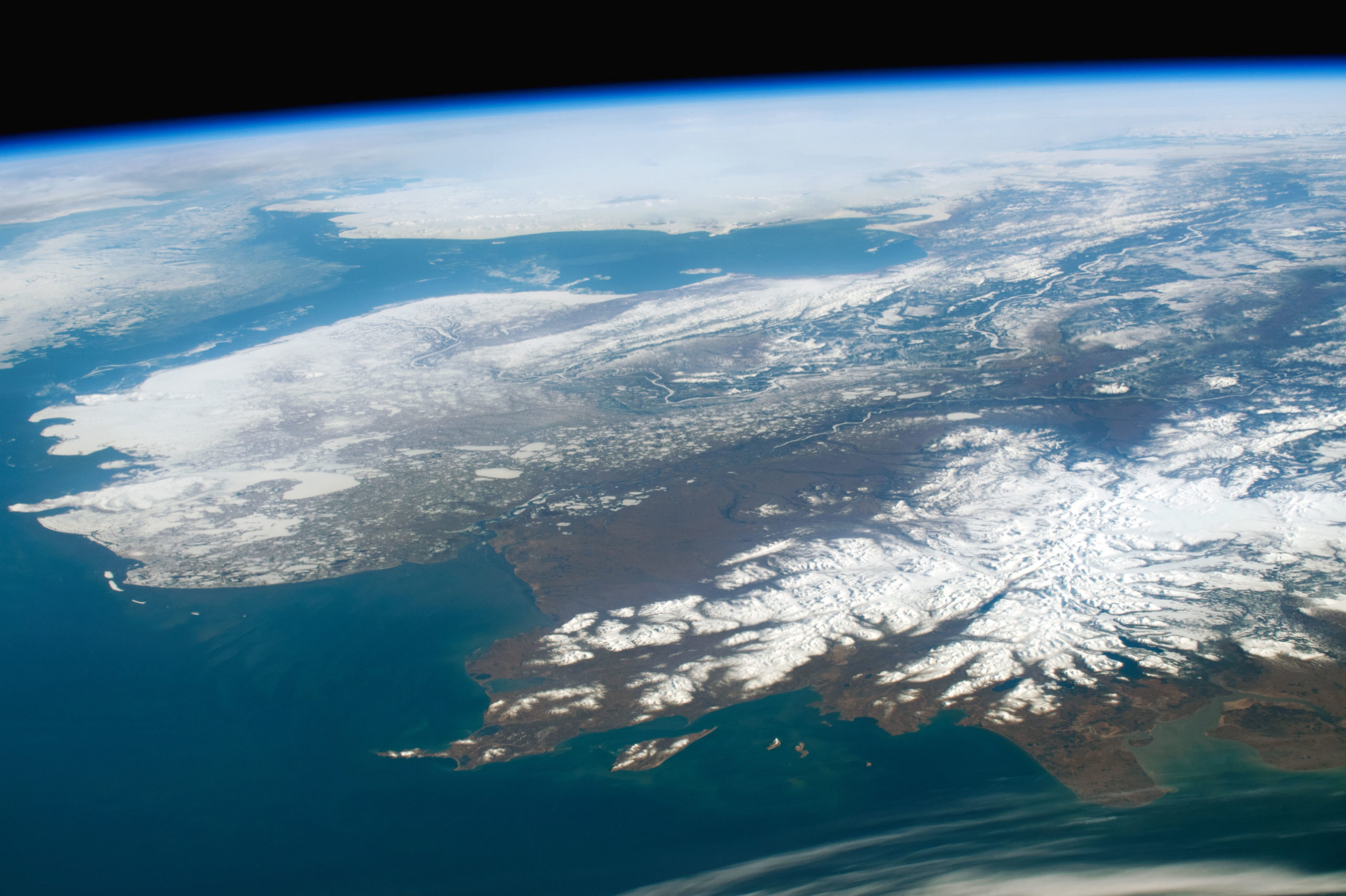A radical transformation of the Pacific Arctic appears to be underway, a new study finds
Warming waters, receding ice and shifting marine life are likely to be part of a "new normal" in the region.

Winter sea ice meltdowns and related ultra-warm conditions that gripped the northern Bering Sea and southern Chukchi Sea in the past few years are signs of a long-term transformation underway in the Pacific Arctic, a new study reports.
The study adds to a growing body of research documenting massive ecological changes in the region.
[How an accelerated warming cycle in Alaska’s Bering Sea is creating ecological havoc]
“The ecosystem-wide changes seen in 2017–2019 have the potential to fundamentally reconfigure the Pacific Arctic marine food web,” said the study, authored by scientists from a variety of universities and institutions and published in the journal Nature Climate Change.
The study tracks changes in creatures ranging from microscopic to massive during the extraordinary warmup of 2017 to 2019.
Tiny, high-fat copepods became scarce in the southern Chukchi Sea. Boreal species like pink salmon, Pacific cod and pollock rushed in; the 2017 count of juvenile pink salmon in biologists’ trawling surveys was twice that of the previous year, the study said.
Mass die-offs of seabirds littered some Bering Sea coastlines with carcasses and birds became scarcer in the Bering’s offshore areas. But bird densities, particularly those of short-tailed shearwaters, increased in offshore areas of the Chukchi, the study said.
[Warmer waters, animal die-offs and toxic blooms are among the signs that a ‘new Arctic’ is here]
Ice-dependent seals suffered in the warm conditions, the study reports.
More than 280 carcasses of bearded, ringed and spotted seals — most of them young and many of them emaciated — were found on beaches in the spring and summers of 2018 and 2019, promoting the National Oceanic and Atmospheric Administration to declare an “unusual mortality event.”
There were almost no ribbon seals to be found during biologists’ surveys. And those seals that were found alive were in poorer condition; spotted seal pups born in 2018 had less body fat and were smaller than in recent years, the study reports.
Bowhead whales, which normally winter in the Bering before migrating to their farther — north summer waters, arrived nearly a month earlier than normal in the spring of 2017 in waters off Utqiagvik, the nation’s northernmost community. Bowheads stayed there longer, too, some of them forgoing their usual winter migration south through the Bering Strait. In January of 2018, a bowhead was recorded singing near Utgiagvik, “something that has never been recorded at that time of the year,” the study said. The changes are part of a larger trend in changes to whale behavior in the region.
There are signs that the past two years were not an anomaly, but an indication of what will come in the future, the study’s authors wrote.
“The expectation is for the sea-ice season to further shorten and sea-ice coverage to diminish. Waters will become warmer and stay warm longer into autumn and winter,” though it is hard to predict how quickly those changes will happen and what additional “sudden shifts” might come in the future, the study said.
Cold and ice have returned this winter to the northern Bering and southern Chukchi region, but that does not seem to mean a return to previous conditions, said Arctic expert Henry Huntington, the study’s lead author.
“This winter is colder and with more ice relative to the last couple winters, but still has less ice than what used to be normal. This is the problem of shifting baselines — we compare today with yesterday, forgetting that yesterday was already a big change from the day before,” Huntington said by email.
“I’ll be delighted if we get more winters like this one and colder, but the overall trend is clearly in the direction of the 2017-2019 years. It’s just a question of how long it takes for that to become ‘normal’ instead of odd,” he said.